Alec Head: a giant of modern racing and father and mentor to more French greats
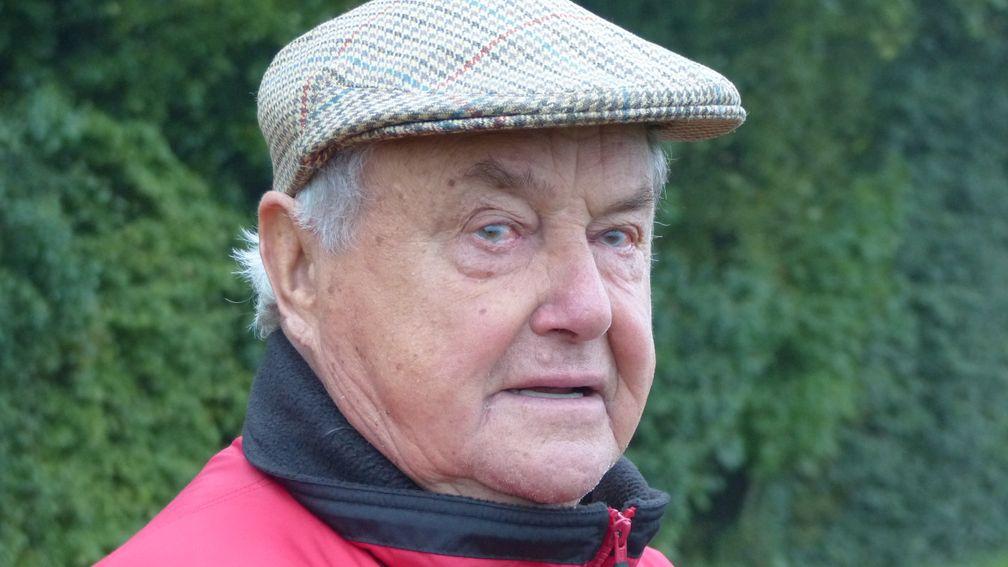
Alec Head, who has died at the age of 97, was one of the greatest all-rounders in the history of modern racing.
The son of dual-purpose trainer Willie Head, Alec could lay claim to being among the most successful French horsemen since World War II, saddling four winners of the Prix de l’Arc de Triomphe and launching a stream of successful raids to Britain and beyond, with a Derby, a 1,000 and 2,000 Guineas, an Ascot Gold Cup and an Eclipse among his triumphs in Britain.
His list of training credits only scratches the surface of his contribution to the sport, since he was one of Europe’s most important and influential breeders of the post-war period, as well as father and mentor to two more of the greats of French racing, Criquette and Freddy Head.
Despite spending much of his retirement in the Bahamas, Head was a constant presence during the summer racing and sales season at Deauville and frequently spent the autumn back in Chantilly as wise counsel to his daughter as she prepared her string for the big end-of-season targets.
By the time of Jacques Alexandre Head’s birth in 1924, his father Willie had already amassed four titles as France’s champion jump jockey either side of World War I, during which he served in the British army.
Willie Head’s own father (also William) had emigrated from England while his wife Henrietta was the daughter of the English-born trainer Henry Jennings.
Alec rode as a professional between 1940 and 1947, frequently making the journey from his father’s yard at Maisons-Laffitte to the racecourse at Auteuil by bicycle, owing to wartime shortages of fuel.
In May 1944 he made a winning debut over jumps on Nicky, trained by his father. He quickly developed into one of the leading jump jockeys, winning the Grande Course de Haies aboard Vatelys in 1946, a feat he would repeat in 1947 with Le Paillon.
Earlier that year Head had been in the saddle at Cheltenham when Le Paillon was beaten a length by National Spirit in the Champion Hurdle.
A talented performer on the Flat, Le Paillon had only been schooled over hurdles to settle his nerves and Willie Head then proceeded to send him out to win the Grand Prix de Deauville and the Arc.
Fernand Rochetti took the ride at Longchamp as by the autumn of 1947 a combination of a serious fall at Auteuil, rising weight and the insistence of his wife Ghislaine, had led Alec to retire from the saddle and take out a licence to train. He was 23.
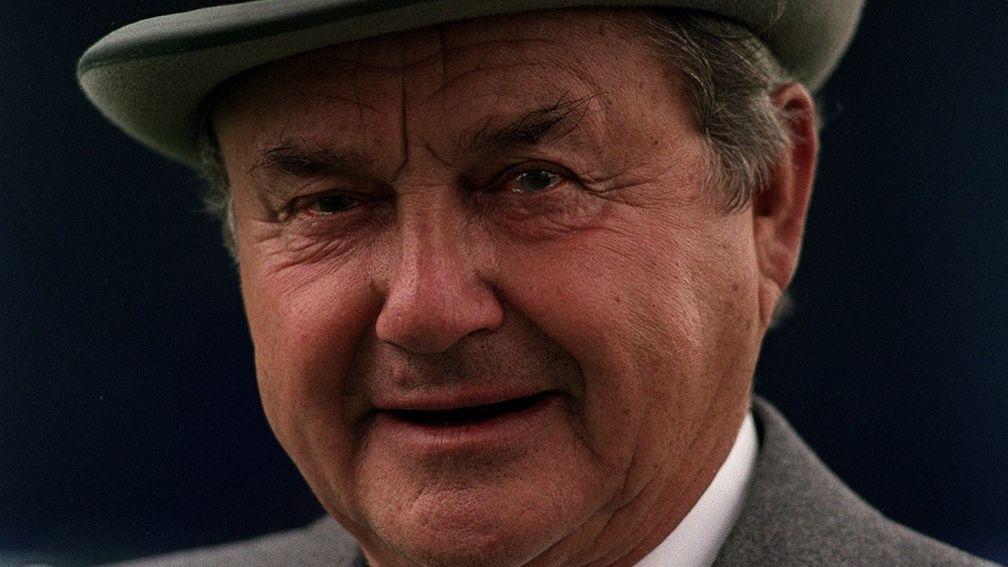
Setting out from a yard on Avenue Marengo in Maisons-Laffitte, within four years Head would be training for two major owners in the Aga Khan and Pierre Wertheimer.
The horse who would bring Head into contact with the Aga Khan – grandfather of the current holder of the title – was Nuccio, winner of the 1952 Arc.
Head had been introduced to Nuccio’s owners while spending the winter season in Rome and when the three-year-old ran disappointingly on his French debut for Francois Mathet in the 1951 Grand Prix de Paris, he was transferred to Alec’s care.
After finishing runner-up in the second of Tantieme’s Arc de Triomphes that October, Nuccio was purchased by the Aga Khan, who was then introduced to Head by the intermediary of one of Willie’s owners, Mohammed Sultan.
Head persuaded the Aga Khan to let him keep Nuccio – described by his trainer as “a big black horse that required an enormous amount of work” – and the new partnership were rewarded with a Prix Ganay, a Coronation Cup and an Arc in October 1952 (denying his father a second win in the race with runner-up La Mirambule).
The first of four triumphs in the Arc as a trainer – to which can be added three more as a breeder and another as owner – Nuccio’s victory at Longchamp was the highlight of a 1952 season at the end of which Head was crowned champion trainer for the first time.
Within two years the Aga Khan had moved his entire string to France and over the course of the decade following Nuccio’s Arc victory, Head saddled a number of notable winners in the emerald silks, taken over on the death of his father in 1957 by Prince Aly Khan and then in 1960 by his son Karim, the current Aga Khan.
In the autumn of 1955 the brilliant Hafiz landed the Queen Elizabeth II Stakes and the Champion Stakes and remained to the end of his training career the highest-rated horse handled by Head, with a 136 mark awarded by Timeform.
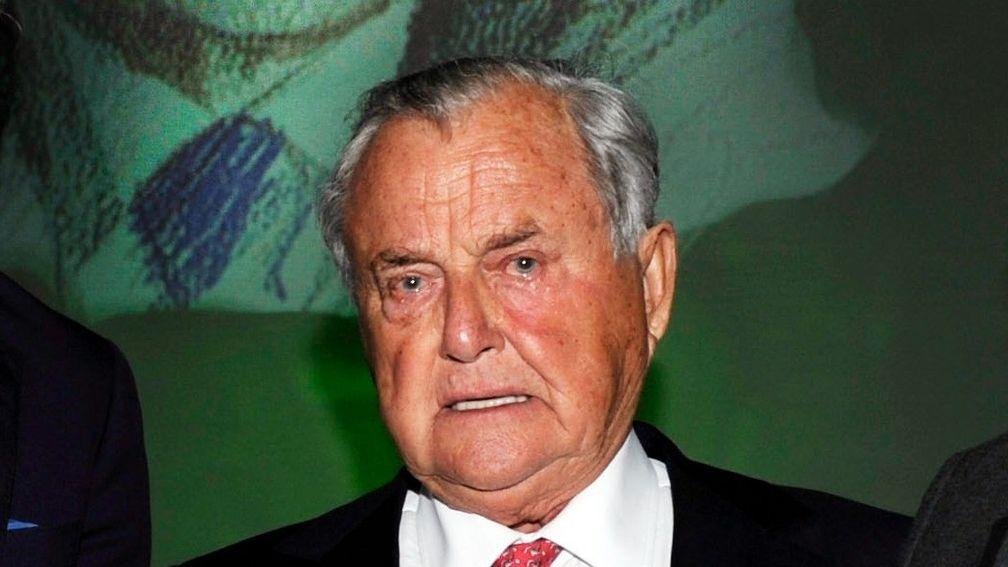
Head’s two Newmarket Guineas winners were both Aga Khan homebreds, with Rose Royale leading home stablemate Sensualita in the fillies’ Classic in 1957, before going on to win the inaugural Prix du Moulin and the Champion Stakes that autumn.
Two years later Taboun – a son of the Aga Khan’s own stallion Tabriz – took the 2,000 Guineas before narrowly failing to follow up in the Poule d’Essai des Poulains.
Buisson Ardent completed the Poule d’Essai-Prix Jacques le Marois double in 1956 while in 1959 Head won a second Arc with Prince Aly’s Saint Crespin, who had already taken the Eclipse that July.
At the climax to one of the most remarkable Arcs ever, George Moore and Saint Crespin dead-heated with Midnight Sun, with the first five home covered by barely half a length.
After objections from both parties the Longchamp stewards awarded the race to Saint Crespin on evidence provided by the brand new patrol camera system at the track.
Head would enjoy another bout of success in the immediate aftermath of Prince Aly Khan’s death in a Paris road accident in May 1960, saddling Charlottesville to win the Prix du Jockey Club and the Grand Prix de Paris, while Sheshoon triumphed in the Ascot Gold Cup and the Grand Prix de Saint-Cloud that same summer.
The professional relationship with the new Aga Khan came to an end when the owner sent his string to be trained by Francois Mathet, but Head, who had moved to Chantilly in time for the 1955 season, had not been solely reliant on one big owner-breeder, having also enjoyed great success throughout the 1950s with the Wertheimer horses.
It was a relationship that would be passed down through both families, with the famous blue and white silks carried by champions trained by both Criquette and Freddy, as well as by Head’s son-in-law Carlos Laffon-Parias.
Wertheimer horses first came to Avenue Marengo in 1949 when they were still registered in the name of Baron de Nexon, the family’s racing manager.
In 1955 the homebred colt Vimy and jockey Roger Poincelet made history when becoming the first French winners of the King George VI and Queen Elizabeth Stakes at Ascot, chiefly at the expense of that year’s Mathet-trained Derby winner Phil Drake.
Vimy’s half-sister Midget would win a Prix de la Foret and a QEII Stakes, while her influence on the careers of Head pere et fille extended to her granddaughter Ma Biche, whose four Group 1 victories included the 1,000 Guineas and who brought Maktoum Al Maktoum into Criquette’s yard as an owner for the first time.
Without doubt the greatest triumph of the period for the Head/Wertheimer partnership came at Epsom in 1956, when Lavandin overcame driving rain and 26 rivals to triumph in the Derby under Rae Johnstone.
The 1950s was a decade of extraordinary and consistent success for French-trained runners in the best British races and Head was in the vanguard of that movement.
Speaking of his success in Britain to Paris-Turf in an interview to mark his 80th birthday in 2004, Head recalled: “Marcel Boussac led the way, he ran over there a lot. There weren’t the big Arab owners in those days and the competition there has become a lot tougher. You need the great owner/breeders to win the Epsom Derby and you can count them on the fingers of one hand in France now.”
It was certainly an era when not only British but Irish punters learned to respect anything sent by Head, with Pederoba, Butiaba and Fiorentina all securing the Curragh version of the 1,000 Guineas during a remarkable spell between 1956 and 1959, one which also witnessed Ommeyad land the St Leger and Amante the Oaks at the Kildare venue.
In 1958 Head opened another important chapter in his career with the purchase of the Haras du Quesnay stud farm near Deauville. Originally in the ownership of William K Vanderbilt and then another American, Arthur Kingsley Macomber, Le Quesnay was used by the German army during the war before falling into near total disrepair.
Head remarked of his acquisition that it was as well that he had visited the stud before the war, otherwise he would have found it hard to be certain it was the same spot.
His father – a co-investor along with Alec’s brother Peter – remarked simply: “You will ruin all of us with this place.”
From the start Head was determined not just to build up a broodmare band but also to stand stallions on what was originally a 180-hectare site, with Lucky Dip the first to arrive for a season in 1959.
Early success came thanks to a son of Wild Risk born on the farm in 1961 for owner/breeder Guy Weisweiller when Le Fabuleux won the Prix du Jockey Club in 1964 for Willie Head.
Le Fabuleux returned to Le Quesnay to begin his stallion career in 1966 and remained for six seasons before being syndicated to stand at Claiborne Farm in Kentucky.
The names of his successors in the stallion barns at Le Quesnay read like a who's who of French breeding, with Riverman and Green Dancer both having shone on the track in the Wertheimer silks, while Bering and Anabaa each carried the beige and black colours of Head’s wife Ghislaine.
The fillies to emerge from Le Quesnay were just as important, with the farm producing the winners of three Arcs thanks to Robert Sangster’s Detroit in 1980 and the mighty Treve in 2013 and 2014.
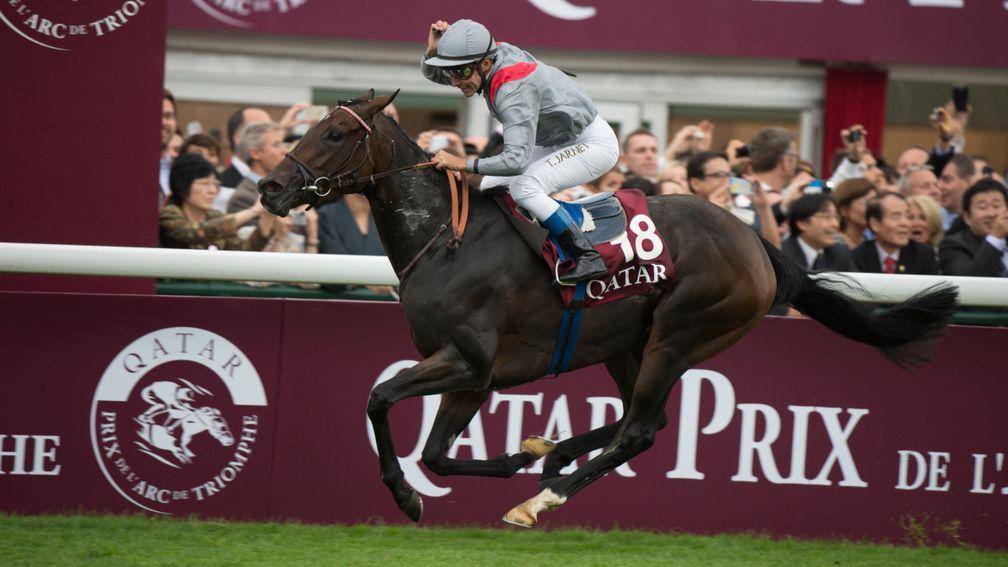
Much of Head’s success as a breeder was due to his pioneer spirit in heading to Kentucky in search of horses with “speed and bone”, a quest in which he was joined by Haras d’Etreham’s Roland de Chambure.
As well as breeding a host of high-class winners including Detroit, their joint venture Ecurie Aland raced a pair of notable champions between 1974 and De Chambure’s death in 1991, namely dual Guineas winner Ravinella and Prix de Diane heroine Harbour.
A third, Matiara, was a Poule d’Essai winner for Criquette Head and went on to record Aland’s final Grade 1 success at Del Mar in August 1996, shortly before the dispersal of the remaining stock.
Head’s efforts in the breeding and training spheres were rewarded when he was made an honorary life member of the Thoroughbred Club of America in 1990, while ten years later his own country paid him its highest honour when naming him a chevalier of the Legion d’Honneur.
Head’s son Freddy made an immediate impact when beginning what would be an exceptional riding career in 1964, while his father Willie continued to enjoy success, capped in 1966 with Bon Mot’s Arc victory under a sure ride from his grandson as the age of just 19.
If Head’s focus during the 1960s was in building up Le Quesnay, the decade which followed was one studded with champions trained at his new yard on Chantilly’s Avenue du General Leclerc.
Due in no small part to his ventures to the sales at Keeneland, Head trained a string of top milers throughout the 70s, claiming three Poule d’Essai des Poulains with Riverman, Green Dancer and Red Lord, while Ivanjica and Dancing Maid both scored in the Pouliches.
Head also trained three genuine Arc horses in the space of 11 years. The homebred Pistol Packer had defeated Cambrizzia by the narrowest of margins in the 1971 Prix de Diane, the result announced after what television presenter Leon Zitrone estimated to have been 14 minutes of deliberation by the Chantilly judge.
A wide draw in stall 16 did Pistol Packer no favours in the Arc and, having been forced six horses wide on the home turn, she was never able to reel in the brilliant Mill Reef.
Five years later Ivanjica was to produce another famous Head family triumph, with Freddy aboard for Alec’s third Arc and a first for the Wertheimer family.
A four-year-old daughter of Sir Ivor, Ivanjica was given a rail-hugging ride by Freddy and, despite being checked when beginning her run inside the two-furlong marker, she showed a fine turn of foot to pass six horses inside the distance.
“I watched Ivanjica beat Crow and Youth quite easily and so Jacques Wertheimer and I rushed down from the stands,” recalled Head in a 1996 interview. “What I didn’t know was that after the line the mare took fright – probably of the photographers – and dropped Freddy, before heading off on her own towards the car park.
"You can laugh about it now but at the time we were all in quite a state, worrying that she wouldn’t get back to weigh in within the permitted 20 minutes and would be disqualified!”
Alec’s final triumph in the Arc as a trainer came in a rain-sodden 1981 running, one which would complete the circle for not only the Head family but also the Moores, with George’s son Gary the victorious jockey.
Another Head champion to carry the Wertheimer silks, Gold River was France’s best stayer of the era, having won the Prix Royal-Oak over two miles the previous autumn before picking up the Prix du Cadran over two and a half miles in May 1981.
It was a belated vindication of a theory Head had first tried in 1960, when his Gold Cup hero Sheshoon ran down the field in one of the most testing heavy-ground Arcs in the race's history.
As a trainer, breeder and owner, Head saw the best and also the worst that racing could offer. There was the disappointment of a disastrous attempt on the 1971 Derby, when the well-fancied Bourbon lost his race by boiling over during the parade before producing a mulish stop-start display on the way to post that left the colt exhausted and both Alec and Freddy humiliated.
And the freak injury suffered in 1996 by Matiara, who fractured a pelvis in the US on what was scheduled to be her last start, only for a splinter of bone to nick an artery causing the mare to bleed to death.
Much worse than either of those misfortunes was the awful day at Maisons-Laffitte in November 1962 when Australian jockey Neville Sellwood died in Head’s arms after falling from one of the trainer’s horses. Only five months earlier Sellwood had won the Derby on Larkspur.
The winner of more than 2,300 races in a training career that spanned five decades, Head handed in his licence at the end of the 1983 season.
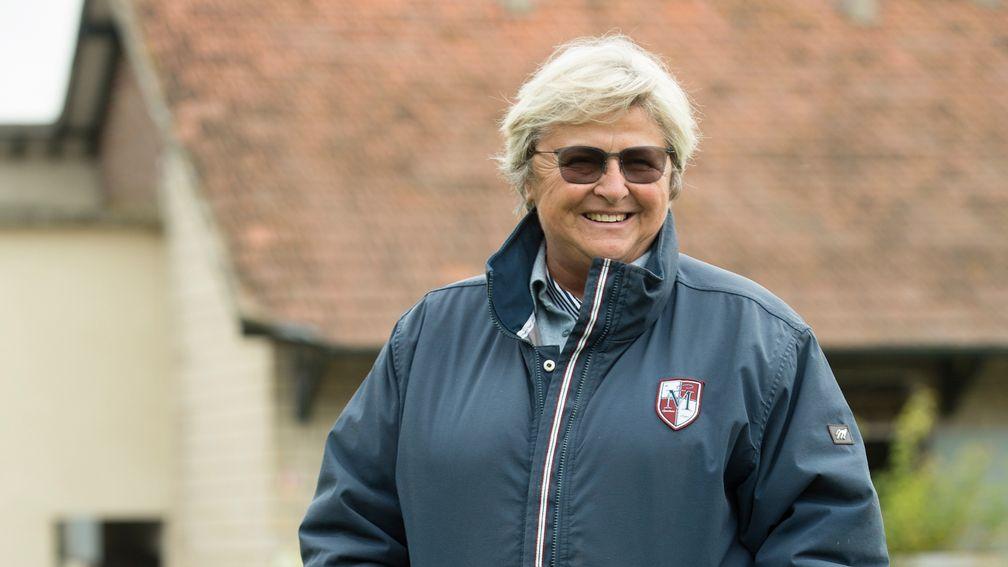
He had already seen his daughter and son combine to land an Arc with the family-owned Three Troikas and a 1,000 Guineas with Le Quesnay homebred Ma Biche, and it was Criquette who would take forward her father’s ideas about how to train.
Alec had always relied on his eye and the word of his work-riders to decide on a horse’s race-readiness, shunning the move towards weighing and the increased role of vets.
Few trainers are still recognised 30 or more years after their retirement but, thanks to the high profile maintained by his children and the continued success of Le Quesnay, Head remained a highly visible presence at Deauville and on the big autumn days at Longchamp.
His connections with leading breeders around the world were key in attracting stallions to the farm and it was his belief in 2005 Derby winner Motivator which led not only to his eventual arrival at Le Quesnay but also the mating which resulted in the glittering jewel of his career as a breeder, the dual Arc heroine Treve.
As her reputation grew and the crowds of media and well-wishers swelled on the Chantilly gallops in the run up to the 2013 Arc, Alec and Criquette Head, along with head lad Pascal Galoche, formed the tightest of inner circles around Treve, the 89-year-old horseman habitually perched on a shooting stick.
Alec was by Criquette’s side in the family box high up in the Longchamp stand when Treve blitzed one of the best Arc fields in modern times, and would be back the following autumn to bat away the ringing criticism that the filly was no longer a force.
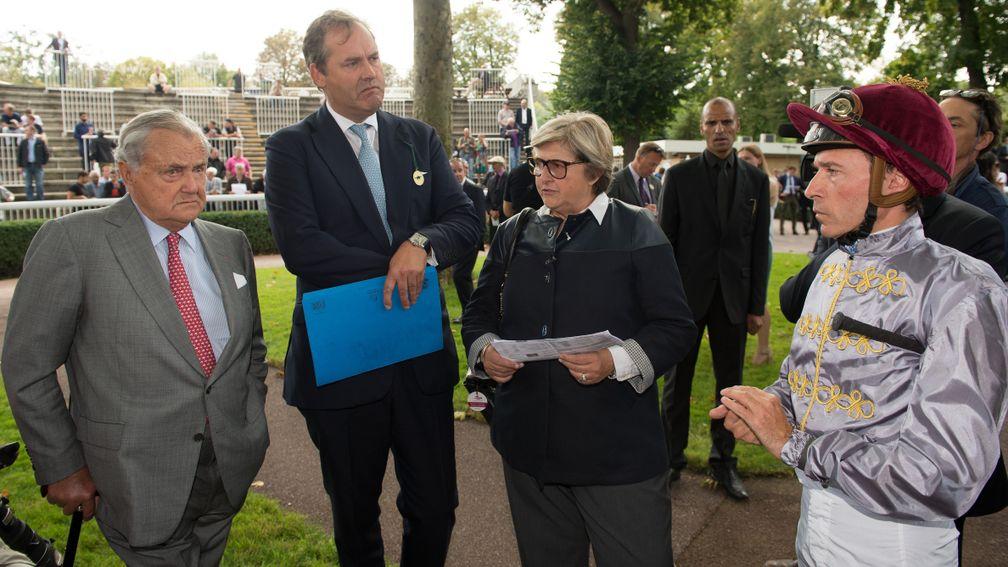
Turning to Criquette after Treve’s fourth-placed effort in the 2014 Prix Vermeille he said simply: “You’ll win the Arc.”
He called his friend of more than half a lifetime, Sir Peter O’Sullevan, to urge an investment for the Arc, the horseman’s eye at 90 still not failing him even as everyone else raised their doubts.
And his tears of joy when that prediction came true – on a day when Criquette also saddled the winner of the Prix Jean-Luc Lagardere with Full Mast and Freddy sent out Moonlight Cloud to annihilate her rivals in the Prix de la Foret – were the defining image of that historic afternoon.
Read more on Alec Head:
French racing great and multiple Arc winner Alec Head dies at the age of 97
The remarkable facts and figures behind Alec Head's achievements in racing
Published on 22 June 2022inFrance
Last updated 19:49, 22 June 2022
- 'He’s always been one of my best friends and he always will be' - Frankie Dettori pays tribute to retiring Olivier Peslier
- 'My career has been marked by some great moments of joy' - modern master Olivier Peslier to retire on Thursday
- 'Everyone is back here already trying to restock' - on the trail of the next State Man or Sir Gino at Auteuil
- Chantilly: no luck for British contingent as Sajir lays down serious marker for Andre Fabre and Prince Faisal in Prix Sigy
- Longchamp: Ramadan just 5-1 for French 2,000 Guineas after beating Beauvatier in Classic trial
- 'He’s always been one of my best friends and he always will be' - Frankie Dettori pays tribute to retiring Olivier Peslier
- 'My career has been marked by some great moments of joy' - modern master Olivier Peslier to retire on Thursday
- 'Everyone is back here already trying to restock' - on the trail of the next State Man or Sir Gino at Auteuil
- Chantilly: no luck for British contingent as Sajir lays down serious marker for Andre Fabre and Prince Faisal in Prix Sigy
- Longchamp: Ramadan just 5-1 for French 2,000 Guineas after beating Beauvatier in Classic trial